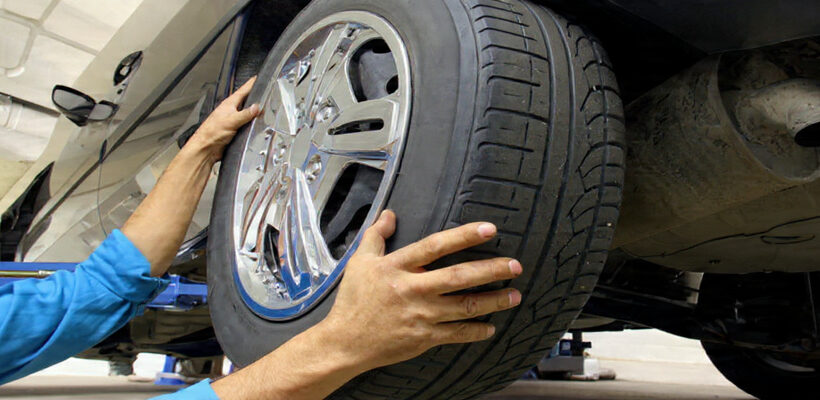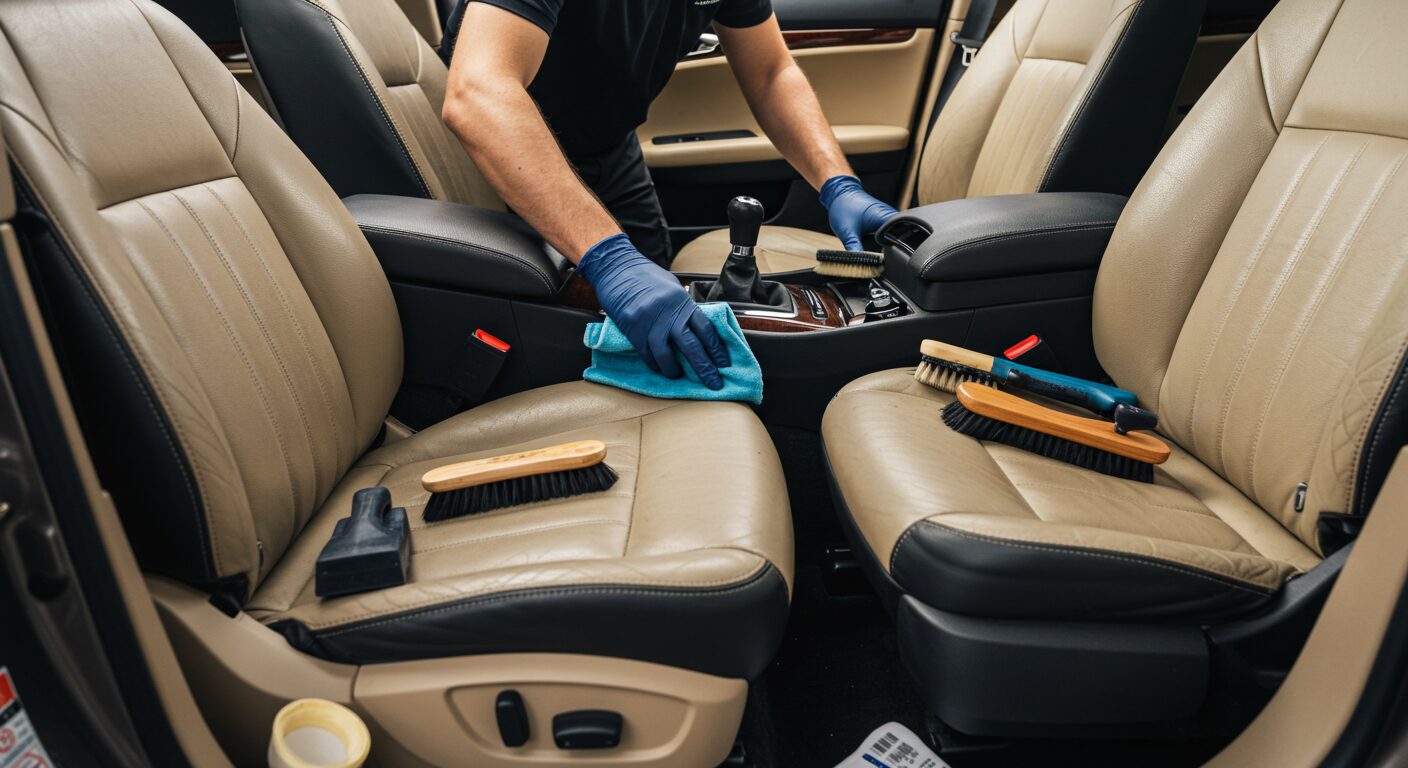Tire rotation is a routine maintenance procedure that shuffles your tires around, increasing their lifespan. It is typically done every 5,000 miles or 6 months.
This simple process involves swapping the front and rear tires of your vehicle. The tires that receive power from the engine wear faster, so rotating them allows the other set to take on the burden.
Why It’s Important
When your tires aren’t rotated regularly, they wear down at different rates. For example, the front tires will wear down faster since they are responsible for handling and steering. This is especially true if your car has front-wheel drive since the engine sends power to those wheels first. In addition, tire rotation helps ensure that all four tires are wearing down at roughly the same rate, extending their lifespan and saving you money on new tires.
Aside from extending your tire’s life, rotating them also improves your vehicle’s handling and safety. Unevenly worn tires can negatively impact how your vehicle handles, reducing its stability and responsiveness in poor weather conditions. During a tire rotation, technicians can also inspect your tires for damage and proper tread depth, helping you catch any issues early and keep you safe on the road.

There are several different ways to rotate tires, depending on your vehicle’s drive type (FWD, RWD, AWD) and tire type (symmetrical, directional). Always check your vehicle manufacturer’s manual for specific recommendations. Generally, FWD and RWD vehicles should have their tires rotated every 5,000 to 7,500 miles. This often coincides with your vehicle’s oil change schedule, making it easy to remember when to have both services done. For directional tires, it is important to make sure that the tire rotation pattern matches the arrow or triangle marking on the sidewall of the tire to maintain proper direction.
Timing
A tire rotation schedule is important because even tread wear helps extend your tires’ lives, improve vehicle handling and safety, and save you money. It also reduces the stress on your engine, improving fuel efficiency.
It’s not a bad idea to have your tires rotated on a regular basis, but how often depends on factors like road conditions in the Holyoke area and driving habits. Some auto experts suggest that you rotate your tires every 5,000 miles, which is the same interval most manufacturers offer in their owner’s manual. It’s also a good idea to talk with a professional service expert about the best tire rotation pattern for your car.
Front-wheel drive vehicles tend to wear out their front tires faster than rear wheels, for example. The straight rotation pattern moves the rear tires to the front, then swaps the front and rear tires (for example, moving the right-front to the left rear and the left-rear to the right front).
This is an easy and cost-effective way to get the most out of your tires. It’s an important maintenance item to help prevent uneven tread wear, which leads to poor vehicle performance and a higher risk of a tire blowout. It also helps to avoid cupping, which causes tire noise and vibrations and makes your car pull to one side.
Mechanics
Whether you’re a do-it-yourselfer or prefer to leave the work to a professional, routine tire rotation will improve your driving experience and extend your tread life. However, it is important to consult your owner’s manual to understand the specifics of your tire rotation schedule. Additionally, how you drive will affect your vehicle’s tires, and the maintenance schedule can be adjusted accordingly. Ask the service experts at Penske Honda for a timeline that fits your needs, and make sure to rotate before you hit the road on a long trip!
A general rule of thumb is to rotate your tires every 5,000 miles. This will ensure that your tires wear evenly and extend their tread life. It also gives you a good opportunity to visually inspect your tires for damage and make sure they have the correct air pressure.
If you drive a front-wheel drive car, the front tires will tend to wear out faster because they carry more weight and are exposed to more friction when turning and braking. If you want to speed up this process, rotate your tires at the beginning of each season and with every oil change.

For rear-wheel and four-wheel drive vehicles, there are a few different rotation patterns. The most common is the forward cross, in which the rear tires are moved to the front and vice versa. However, this pattern may not be suitable for every driver because it can put undue stress on the rear axle and differential.
Frequently Asked Questions:
Q: Can I rotate tires myself?
A: Yes, if you have the right tools and knowledge. However, professional service ensures precision.
Q: What happens if I don’t rotate tires?
A: Uneven wear, reduced performance, increased risk of blowouts, and premature tire replacement.
Q: Do all tires need rotation?
A: Most passenger vehicle tires benefit from rotation. Consult your vehicle’s manual for specific guidance.




